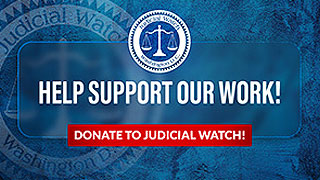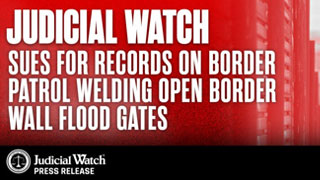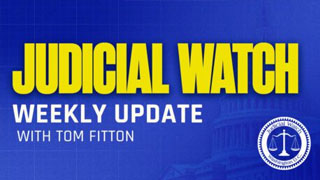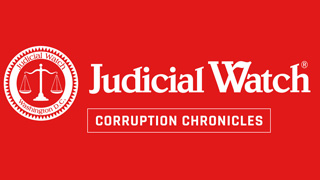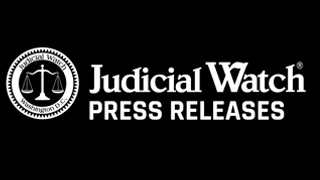

U.S. Launches Website to Reduce Extreme Heat Health Risks Among Vulnerable Populations
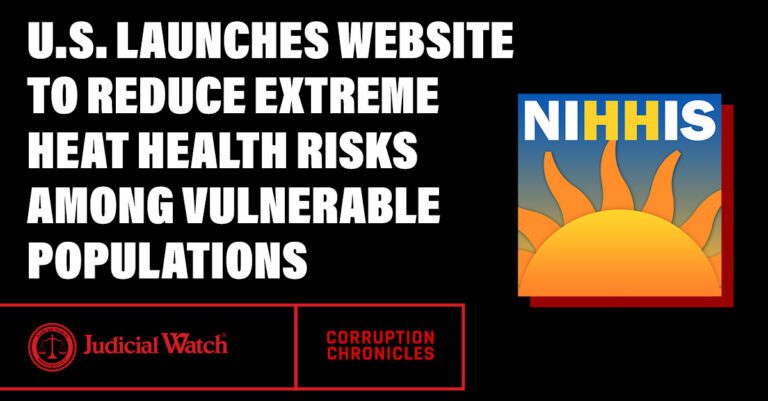

While American families struggle during record-high inflation and a looming recession, the Biden administration celebrates the launch of a government website dedicated to heat and loaded with costly federal resources. Specifically, the new site, heat.gov, aims to reduce the health risks of extreme heat by providing the public and decision-makers with timely information. Not surprisingly, the administration has assessed that minorities and the poor, as well as the “highly diverse” LGBTQIA+ communities, are disproportionately impacted by heat-related health issues and therefore it had that demographic in mind when launching the project. The goal of the new taxpayer-funded endeavor is to create a nation free from heat-related illness and death. “For far too long, our most vulnerable populations are the ones who bear the brunt of extreme heat,” said Health and Human Services Secretary Xavier Becerra in a press release announcing the website this week.
The new heat website is part of a broader National Integrated Health Health Information System (NIHHIS) created to identify needs for extreme heat services, develop science-based solutions, and empower communities with improved communications and capacity building. It will serve as a one-stop hub on heat and health for the nation and is a priority of the president’s National Climate Task Force and its Interagency Working Group on Extreme Heat. A multitude of federal agencies are involved, including the National Park Service (NPS), Environmental Protection Agency (EPA), Federal Emergency Management Agency (FEMA), Department of Veterans Affairs (VA) and Health and Human Services (HHS). “Heat-related impacts are preventable with planning, education, and action,” according to the NIHHIS, which is assures its system will “help protect people from heat.”
Priority will be given to groups that are disproportionately at risk of heat illness or death but are often overlooked. In fact, the new heat website heavily promotes an online seminar series to address the matter by providing a deep background level of understanding on the overlooked, high-risk groups and what mechanisms contribute to their heightened risk. The first webinar is scheduled for the end of August and will focus on “the unique risks and exposure to extreme heat” in LGBTQIA+ communities, which includes sexual orientation, gender identity and gender expression. “LGBTQIA+ communities are highly diverse along lines of race, ethnicity, gender, ability, among many others, and face social, economic, and health disparities,” according to the administration. “They are overrepresented in communities that are vulnerable to extreme heat such as those who are homeless (e.g. 40% of homeless youth identify as LGBT) and can face compounding effects of air pollution, COVID-19, and other disasters.” Panelists in the August webinar will address “institutional barriers, unique vulnerabilities, intersectionality, policy and on the ground recommendations to mitigate risk and enhance adaptive capacity of LGBTQIA+ communities, and ways to leverage LGBTQIA+ resilience.”
The new government heat website includes other tools such as modern approaches to observing heat inequities in urban areas by using “citizen science” and machine learning to reveal where heat is most harmful. An urban heat island mapping campaign is embedded to learn where action is needed to protect vulnerable populations now and in the future. A section dedicated to staying safe during extreme heat lists the signs of heat-related illness—such as thirst, heavy sweating, dizziness—and offers safety tips such as eating well-balanced meals and limiting alcoholic beverages. A heat and health tool integrates environmental and health information to monitor health outcomes from recent heat events. This includes an infographic distributed via web and social media posts, electronic mail, and other platforms to “reach the heat-vulnerable public.” A section dedicated to those most at risk to extreme heat, includes children, older adults and “pregnant people.” The section does not mention women once, instead opting for the new term adopted by the left, “pregnant people,” half a dozen times.
While American taxpayers are forced to fund all this nonsense, they are getting slammed with soaring gas, food, and housing prices, not to mention 40-year-high inflation and a recession likely around the corner.








